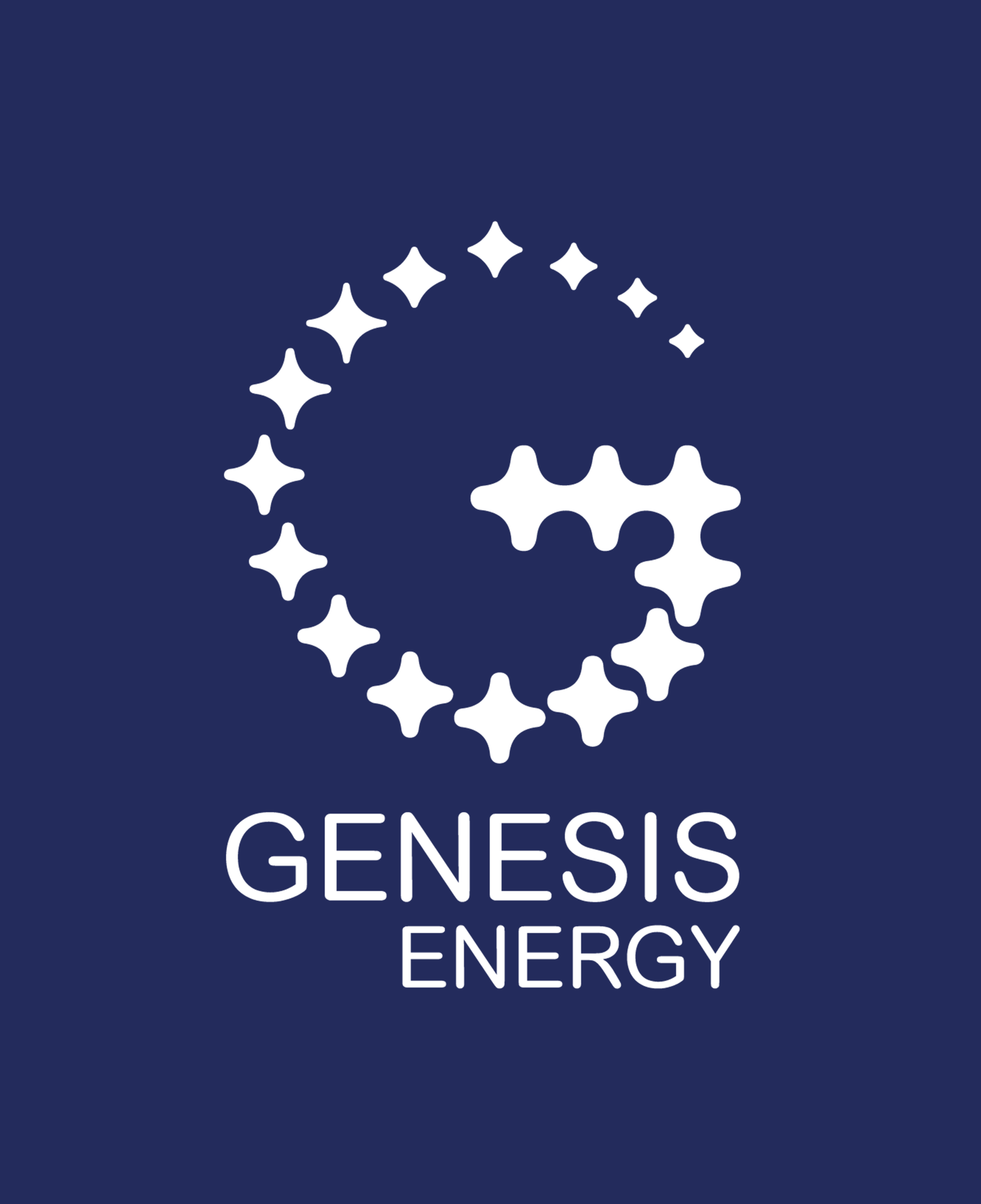Previously, we discussed what green hydrogen is, how it’s produced, and the possibilities it can provide for a more sustainable future. This time our focus is the challenges that come with green hydrogen and the current developments around green hydrogen.
Challenges of Green Hydrogen
To begin with, while some countries have come up with hydrogen strategies, there is still insufficient policy that will encourage investment and scaling up a clean hydrogen industry. This is up to governments globally to create policies and regulatory frameworks that will inevitably incentivise investments and allow for the growth of the clean hydrogen industry.
Secondly, when it comes to storage of hydrogen, in comparison to fossil fuels, it is more challenging due to its low density. 3-4 times more storage infrastructure would need to be built by 2050, costing around $637 billion, in order to achieve the same energy security if hydrogen were to replace natural gas globally. What’s more, future hydrogen economies will have substantial difficulties given that there are few large-scale hydrogen storage choices, such as salt caverns, and because alternative liquid storage methods are frequently more expensive than hydrogen production.
Another challenge that presents itself is the current global electrolyser capacity which sits at just a few hundred megawatts, significantly lower than the target of 115GW by 2030 required to meet the green hydrogen demands for all the announced strategies. According to IRENA’s World Energy Transitions Outlook, it is also far below the projected target of 5TW by 2050.
Renewable electricity generation will also have to exponentially increase if we are looking at meeting 24% of energy demand with hydrogen in a 1.5-degree scenario. For this to be feasible, about 31,320TWh of electricity will be required to power electrolysers. This is more than is currently produced worldwide from all sources.
To make this seem even more unattainable, when we take in to account the forecasted needs of the power sector where renewables are also likely to massively expand if emission targets are to be met, many parts of the world including China, Europe, Southeast Asia, and more may not have enough suitable land to generate the renewable power required.
Green Hydrogen Developments
Even with all these and many more challenges, there is still progress and development around green hydrogen with a number of companies leading the way.
As previously mentioned, around 45 countries are developing or publishing hydrogen strategies, and various agreements have been reached between nations to establish future hydrogen trade routes. Figure 1 shows the existing and potential trade routes around the world.

In terms of strategies and regulation, in 2020, the global initiative called the Green Hydrogen Catapult was launched with the aim to scale-up green hydrogen massively by 2026. It is backed by the worlds biggest green hydrogen project developers and partners and was established with the support of the UN’s High-Level Climate Action Champions and RMI. The goal of the Green Hydrogen Catapult is to promote the development of 45 gigawatts of green hydrogen capacity by 2026, aiming to decarbonise crucial sectors of the global economy.
The United States, in 2022, introduced the Inflation Reduction Act. This law looks to direct new federal spending toward several sectors including clean energy. The aim is to “…catalyse investments in domestic manufacturing capacity, encourage procurement of critical supplies domestically or from free-trade partners, and jump-start R&D and commercialization of leading-edge technologies such as carbon capture and storage and clean hydrogen.”
The adoption of green hydrogen faces challenges in policy support, storage infrastructure, electrolyser capacity, and renewable electricity generation. However, progress is being made as companies and countries actively pursue strategies and initiatives to promote green hydrogen’s growth. Supportive legislation, like the Inflation Reduction Act in the United States, demonstrates the commitment to advancing clean energy technologies.
Sources:
Industrial and innovation policy can speed up the Green Hydrogen transition
Hydrogen Economy Outlook – Key messages

